Having worked in the field of Reading Intervention for more than 15 years, I have seen first hand many different tuition strategies and their impact on children. I’ve learnt a lot about how to provide even the students who struggle the most with reading with effective strategies and help them develop a love of books!
Through the years I’ve found many tips and here’s my top 6 secret strategies:
1. Personalise their learning and create an individual program for each child.
This program will celebrate strengths and address challenges. Here at Reading Connections we get to know your child first. We find out about their likes and dislikes and preferred learning styles. This enables us to tailor a program that will suit their individual needs.
2. Use evidence-based methods of intervention.
The programs we use at Reading Connections are highly effective and are backed by research. Our ‘tier 3’ model of instruction means that each student is seen on an individual basis, ensuring a more personal and targeted approach to their instruction.
3. Provide a systematic learning program that is enjoyable for the student.
For students who have been struggling with reading it is important that we consolidate the skills they are learning. We can then take this skill with us when we move on to a new skill. This builds the child’s knowledge and understanding as well as their confidence.
4. Use multisensory methods to suit student strengths.
If your child needs to learn in different ways, we will find different ways to work with them. If it looks like we are just playing games for example, look closer as our games might be about rhyme, vowel sounds or other areas in which the child needs work.
5. Celebrate success.
Here at Reading Connections we LOVE celebrating success. We consistently use positive reinforcement to encourage students. We want our sessions to be a fun learning environment where students want to learn. We also need to make sure that our students understand that it is OK to make mistakes, as that is how we learn.
6. Let’s build the pyramid!
Learning is like building a pyramid. We can’t build on what we have if the foundation has gaps and is not solid. Many students have gaps in their knowledge and this is hindering their progress. Sometimes it might look as if your student is working on something that you may think is too easy for them. The reason we do this is that we have identified that your child has gaps and we want to make sure they are confident with the basics before we move on.
Just as important as anything we can do in a session is the incidental learning your child does at home….but that’s a post for another time!
I love hearing all sorts of strategies, if you have another top tip, let me know!
Sue- Reading Connections

